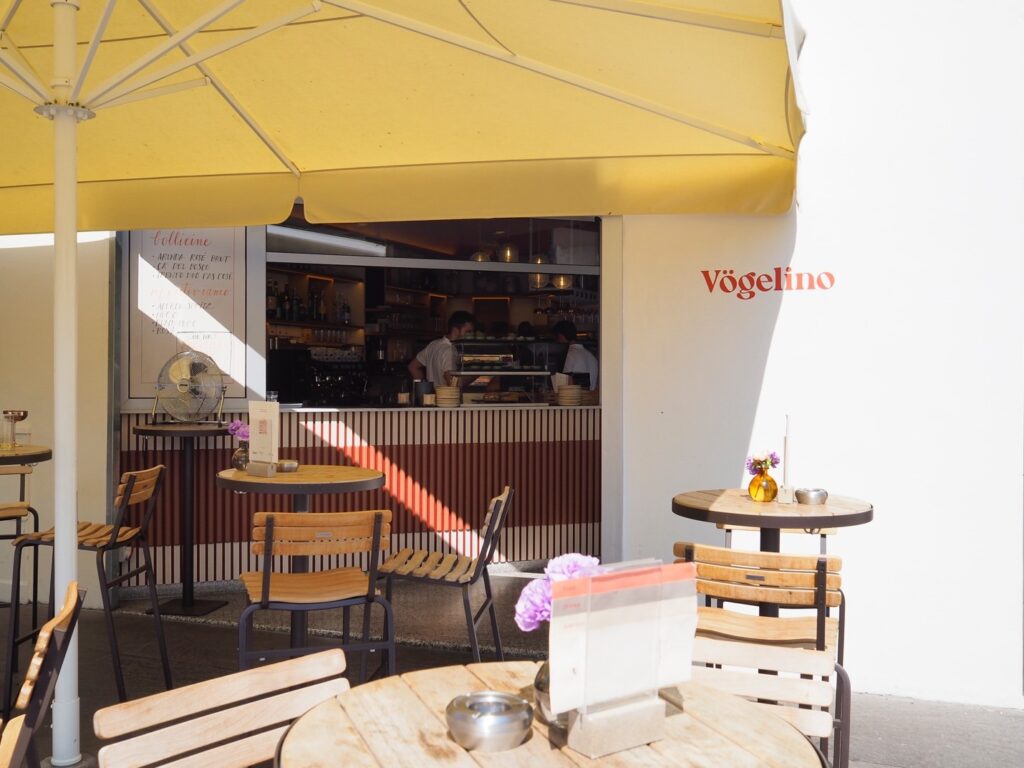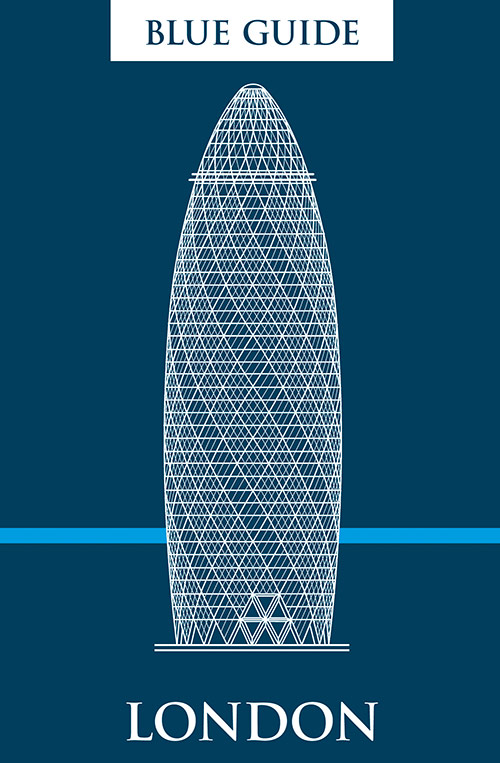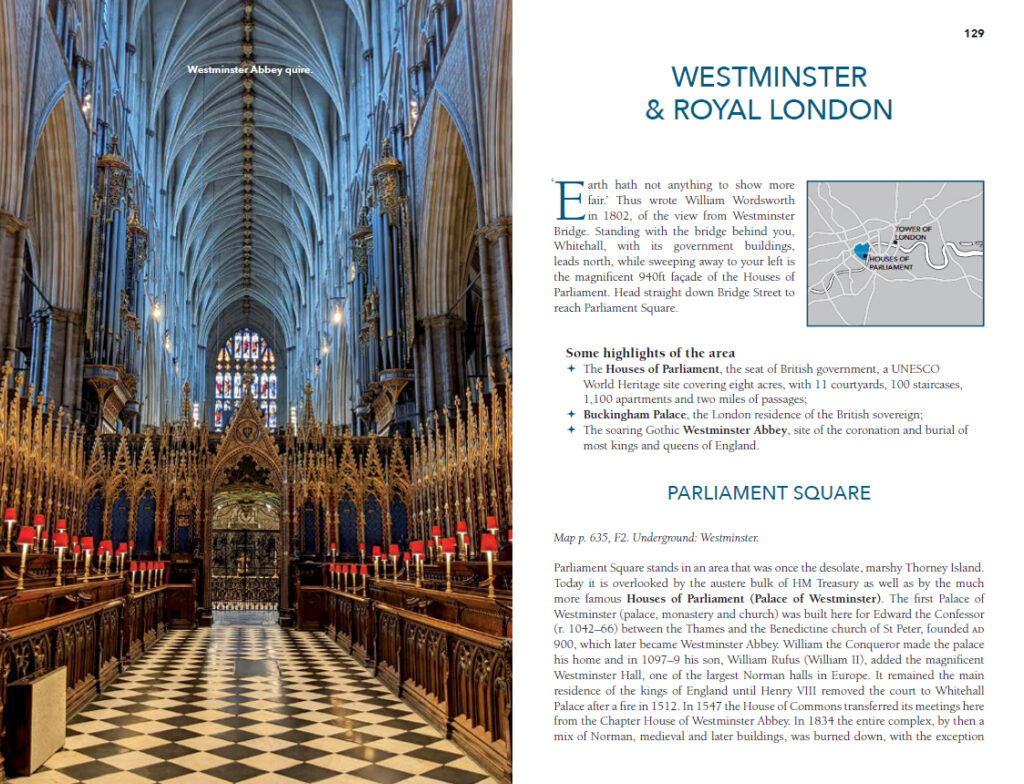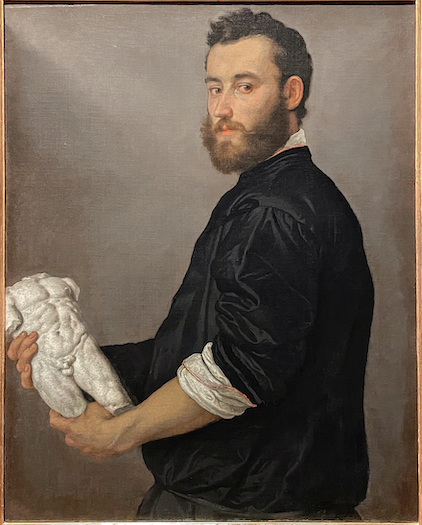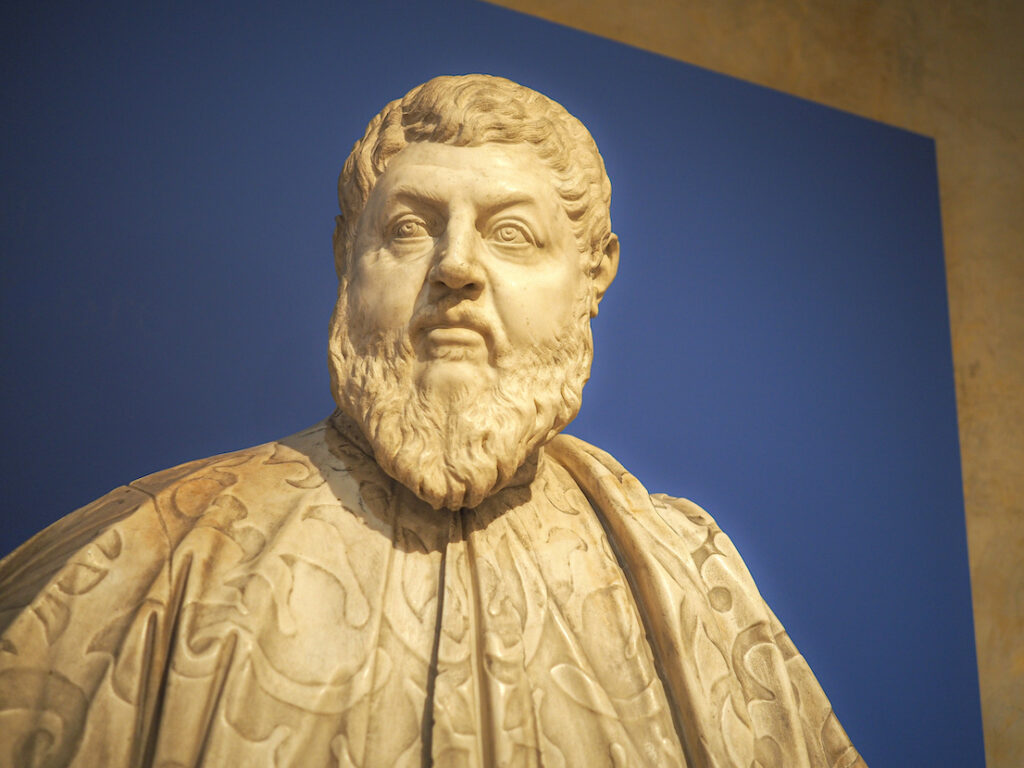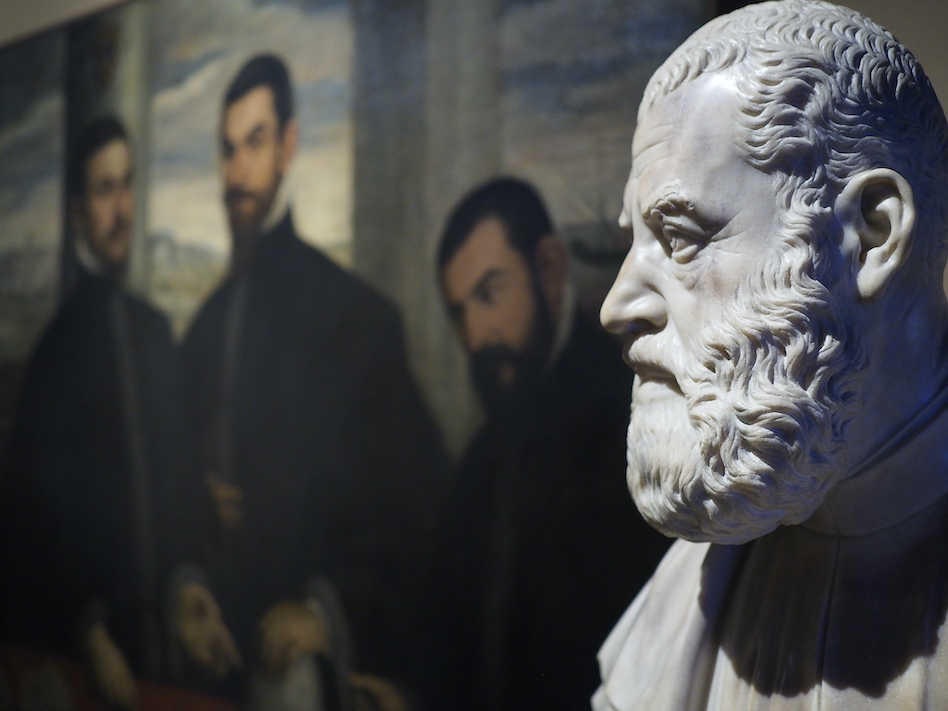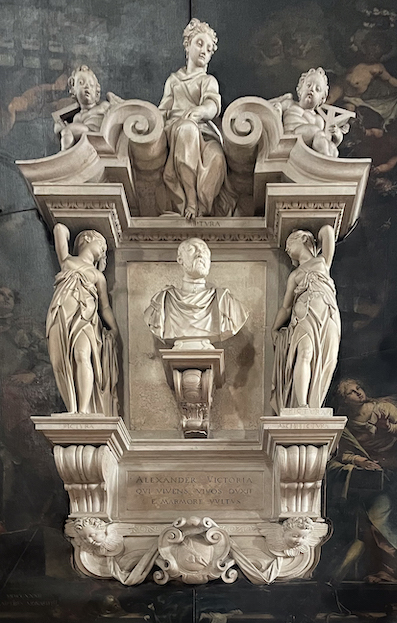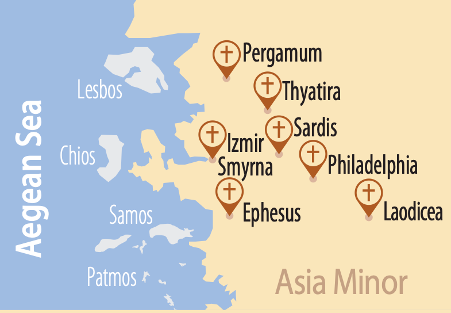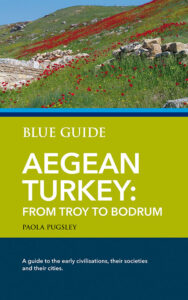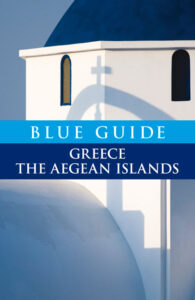(and some news from Rome and Florence)
by Alta Macadam
The long-discussed entrance restrictions to Venice are finally to become operational on 25th April. The system is designed to limit the numbers of day-trippers, who come to the city for just a few hours (often as part of a tour group) and from whom the city reaps very little benefit, if any. Overtourism has damaged Venice in many ways and the declared aim is to reduce the crowds, encourage longer visits and improve the quality of life for residents. It is also a way in which visitors can be monitored so that certain days of the year do not become too crowded, and it provides an incentive to visitors to come at the least crowded periods. It is a genuine experiment to regulate the flow. Venice is supposedly the first city in the world to undertake this experiment.
All the (fairly complicated) details are given here.
This is the only official City of Venice tourist information website, even though it rarely comes up as one of your first search results, and the website itself adds to the confusion by not giving any information on the ‘Venice access (entry) fee’ on its opening page (you have to go to the next page).
The first step is to look on the calendar to see which days are subject to the restrictions (these generally include all weekends). On these days, if you are entering the city between 8.30 am and 4pm, you are subject to an entrance fee of 5 euro. (The 4pm limit means people are free to come in to the city in the evening – for instance those who might want to have dinner there or attend a concert).
You are not subject to an entry fee if you are staying overnight or longer somewhere in the historic city (or even within the municipal area, which includes Mestre on the mainland) in any type of accommodation. However, you are now obliged to ‘register’ by filling out a form to get a QR code to show that you are exempt from the entrance fee as the “guest of an accommodation facility”. On the form provided, the names of everyone staying with you, the dates of your stay and the name of the place where you are staying, will all be required. You will need to use the QR code for access and show to any official doing a check while you are in the city.
For a direct link to the forms to fill in, if you are staying in Venice for at least one night), see here.
For the exemption rules (which include children under 14 and the disabled), see here.
It seems there will be one or two offices in Venice, including at the railway station, where you will be able to register and pay but clearly you are much better off to arrive fully armed with your QR code. There is also talk of a number of access points (airport, railway station, car parks, etc.) where you will be required to have your QR code passed.
If, sadly, you can only visit the city for a day, see the website for the procedures, which include payment of an entrance fee.
Many people in Italy and abroad will be eagerly waiting to see how this new system works and if it produces the hoped-for results. For now, the signs are positive and everyone is feeling optimistic.
This long thought-out attempted solution to Venice’s problems seems far distant from the latest campaign to encourage tourism by the flamboyant Minister of Tourism. One wonders if it isn’t going a bit too far to dress up Botticelli’s Venus (a detail from his iconic Birth of Venus) in a T-shirt and show her eating a pizza on Lake Como, or in shorts outside the Colosseum. She is touted as the Minister’s ‘virtual influencer’. The whole campaign is bizarrely titled ‘Open to Meraviglia’.
Rome
A few months ago some very negative news came in from Rome. It is now necessary to purchase a ticket (and therefore join a queue) to enter the Pantheon, the greatest ancient building in the city to have survived virtually intact. This was met with great sadness by many inhabitants and visitors alike as, without an entrance ticket and the paraphernalia that entails, it had always been a place to savour whenever one was in the vicinity: with even just a few minutes to spare, one could stand in one of the most extraordinary spaces ever created. The disappointing decision to impose an entry fee was taken by the Cultural Ministry and the Roman diocese in June 2023.
Florence
One of the most curious recent events in Florence has been the decision of Eike Schmidt to stand for Mayor in the forthcoming local election (to be held in June). After eight years as the much-admired director of the Uffizi, he has put on hold his next appointment to the Capodimonte museum in Naples, become an Italian citizen, and begun his campaign in Florence, running as an independent. He launched his campaign for “Firenze Magnifica” on 17th April.
Alta Macadam is the author of Blue Guides to Venice, Rome and Florence.







